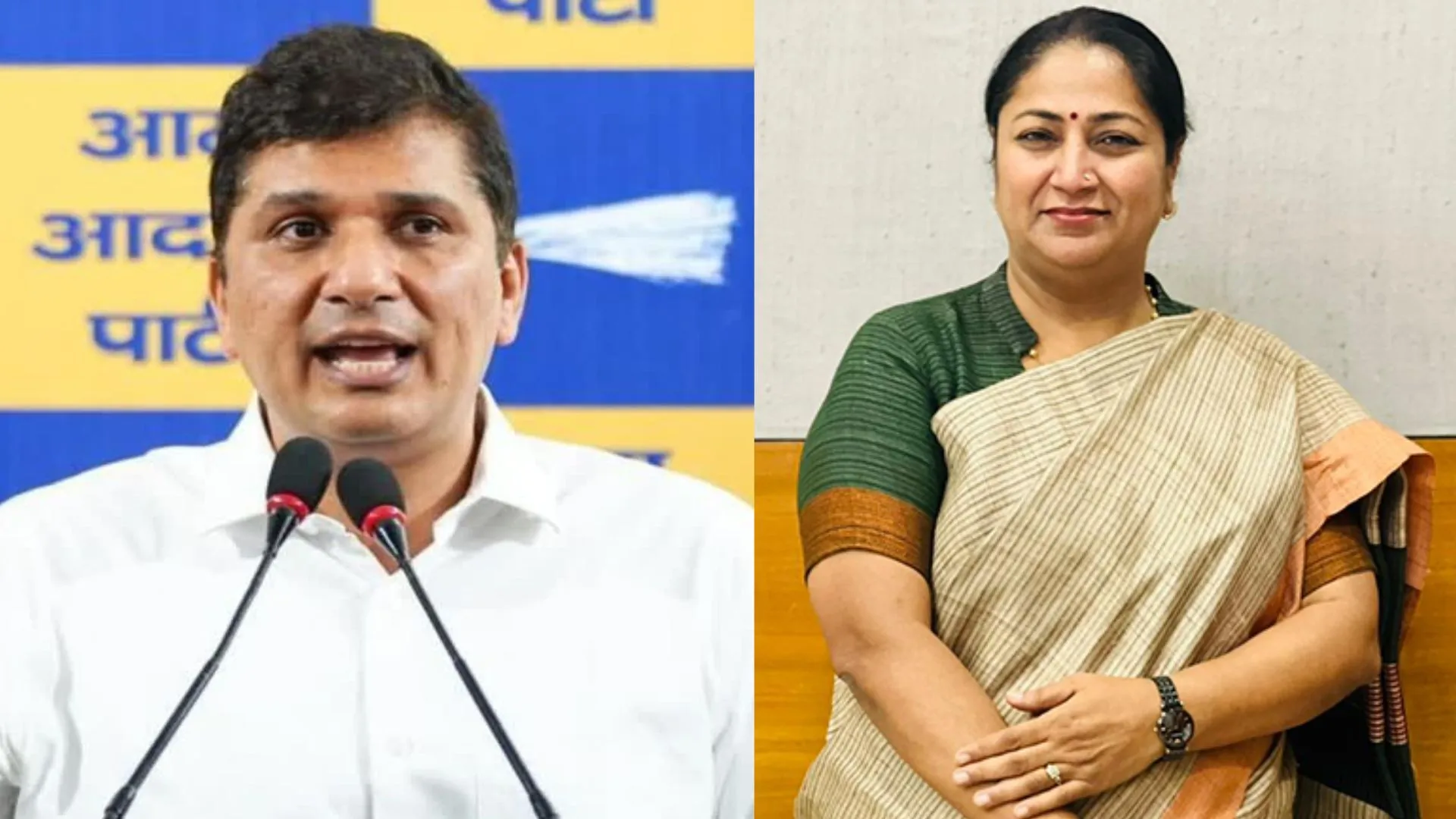The Indian healthcare sector has the challenges of woefully inadequate infrastructure and unequal distribution of healthcare service providers, coupled with the need for and low-cost high-impact healthcare solutions for solving the burden of the diseases. The government spends just 1.1% of GDP on healthcare and is looking to increase it over the next few years. Even after our national independence, we did not make national healthcare a key priority, until recently. The Covid impact has shown that as a nation, we need to substantially increase our public investment into healthcare.
The Indian healthcare system needs policy expediency to look at the larger issue of improving universal access. In that endeavour, it not only needs to increase public-private-partnerships with the requisite governance but also to encourage private sector participation in the entire value chain of the healthcare sector. We need to build newer physical infrastructure across India and increase medical and healthcare professionals’ headcount multi-fold.
ACCESSING DOCTORS, DIAGNOSIS AND TREATMENT USING DIGITAL-PUSH
A physical visit to a doctor/hospital can be replaced with tele/video consultation. Past one year of Covid lockdown has shown us countless examples of how diagnostic reports (even digital MRI films) have reached to the specialist doctor using the digital medium and how diagnosis have been done in time, saving precious lives and reducing time to manage the health issue. Not only does it save the consumer (patient) from the hassle of waiting in queues, it also keeps them safe from infections. From the doctor’s point of view also, it is more efficient in serving an increased number of patients and can improve the quality of interaction and diagnosis. These digital healthcare providers can tie up with pharmacies that can use hyper-local to deliver medicines at the patient doorstep. Digital healthcare adoption has proven to slash costs, enable faster diagnosis and increase the cure rate. The Government of India’s initiatives to encourage domestic production of healthcare equipment will further lower the costs of healthcare access.
A National Digital Health Mission (NDHM) was announced by the Central government, and the Ministry of Health and Family Welfare (MOHFW) published a blueprint in late 2019, recommending the creation of a National Digital Health Ecosystem which allows for interoperability of digital health systems at the patient, hospital, and ancillary healthcare provider level. This aimed at establishing and managing the core digital health data and providing the infrastructure required for its continuous exchange.
The Digital Healthcare policy framework should be themed “affordable and universal healthcare access with full patient-centricity”. The policy framework should also address the concerns of a patient confidentiality and yet not slow down the adoption of digital tools for healthcare — right from diagnosis to treatment.
DATA PROTECTION
Almost every official document that citizens hold today comes with digital-accessability. It’s time to have all medical records digitally stored for easy access, with adequate data privacy protection. The Personal Data Protection Bill 2019 was put forward by the Government of India to bring about comprehensive changes to India’s current data protection rules. Currently, data is governed by the Information Technology Act, 2000 and the rules thereunder. The proposed PDP bill needs to be taken for detailed discussions and subsequent legislation. Post this, there could be industry-specific data policies and data-safeguard regulations by sectoral regulators.
In December 2020, the MOHFW approved a Health Data Management Policy (HDM Policy), largely based on the PDP Bill, to govern data in the ecosystem. The HDM Policy lays down rules for the recognition of entities in the data processing space and attempts to create a consent framework for the use and processing of personal data. When implemented, HDM Policy will impact the e-medical and e-pharmacy industries as it will not only guide the use of data collected by companies and institutions but also increase compliance obligations.
Putting together a common data format and setting minimum acceptable data standards and privacy norms is non-negotiable; it would allow for big-data collation with patient-confidentiality, thereby enabling analytics for preventive-healthcare solutions and predictions of disease outbreaks.
With the usage of digital tools such as AI-enabled medical wearables, patches, and devices, blockchain e-health records, the entire healthcare industry is set for disruption. Building capabilities to serve a population of over 1.3 billion people having different affordability patterns is a design challenge to healthcare experts and digital and technology entrepreneurs. Consumer engagement, technology efficiency, and service-delivery effectiveness seen in other e-sectors can be replicated easily and scaled up in the digital healthcare space.
Without any further politicisation, public health will remain a prerogative and the responsibility of the state; and policy commitment is needed not just during the pandemic but also during peaceful times.
Sooner or later, the platformisation of healthcare will take wings. Can the Indian policy-leaders encourage this with a development-oriented governance framework and become the wind beneath those wings?
Srinath Sridharan is an Independent markets commentator & Shuchita Gupta is a HealthTechpreneur and Angel investor.























